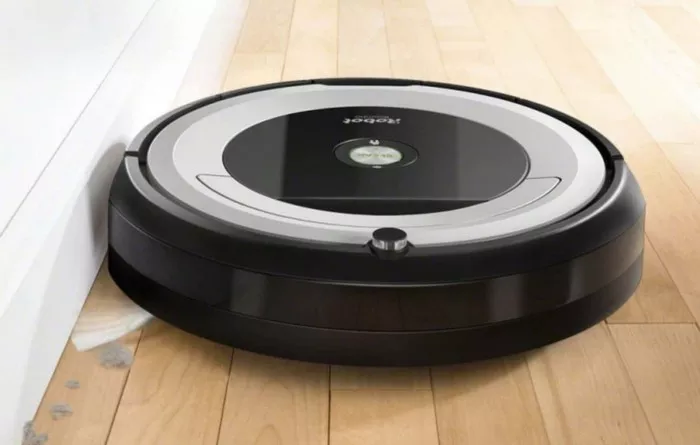In any vacuum system, understanding and appropriately managing kilopascal (KPA) levels is crucial for optimal performance. Achieving the right KPA ensures efficiency, reliability, and safety. This guide will delve into what constitutes a good KPA for vacuum systems, providing insights, recommendations, and practical tips.
Understanding KPA in Vacuum Systems
Kilopascal (KPA) is a unit of pressure measurement commonly used in vacuum technology. It indicates the force exerted by a vacuum on a unit area, with lower KPA values indicating higher levels of vacuum. Understanding KPA is essential because it directly impacts the efficiency and effectiveness of vacuum systems.
Factors Influencing Optimal KPA
Several factors influence the determination of an optimal KPA for a vacuum system:
1. Application Requirements: Different applications require varying levels of vacuum pressure. For instance, industrial processes like semiconductor manufacturing may necessitate high vacuum levels, while simpler tasks like packaging might require lower pressures.
2. System Design and Components: The design of the vacuum system, including the type and capacity of vacuum pumps, vacuum chambers, and associated components, plays a significant role in determining the ideal KPA. Proper sizing and selection of equipment are critical.
3. Leak Rate: The rate at which air leaks into the vacuum system affects KPA levels. Systems with lower leak rates can maintain higher levels of vacuum with less effort, while those with significant leaks may struggle to reach or maintain desired pressures.
4. Operating Conditions: Environmental factors such as temperature, humidity, and altitude can influence vacuum performance. These conditions must be considered when determining the appropriate KPA range for a specific application.
Establishing a Good KPA Range
While there isn’t a universally applicable KPA value for all vacuum systems, there are guidelines to help establish a good range:
1. Define Application Requirements: Understand the specific needs of your application. Consider factors such as required vacuum level, desired process speed, and product quality standards.
2. Consult Manufacturer Recommendations: Refer to equipment manuals and guidelines provided by vacuum system manufacturers. They often offer recommendations for optimal operating conditions, including KPA ranges.
3. Perform Testing and Optimization: Conduct tests to determine the most efficient KPA range for your system. Adjust parameters such as pump speed, valve settings, and chamber size to achieve desired results.
4. Consider Safety and Reliability: Ensure that the chosen KPA range not only meets operational requirements but also ensures safety and reliability. Operating too close to the limits of vacuum capabilities can increase the risk of system failure or damage.
Practical Tips for KPA Management
Here are some practical tips for managing KPA levels in vacuum systems effectively:
1. Regular Maintenance: Implement a routine maintenance schedule to inspect and service vacuum equipment. This helps prevent leaks, maintain optimal performance, and prolong the lifespan of components.
2. Monitor Performance: Utilize vacuum gauges and monitoring systems to track KPA levels in real-time. Set alarms or notifications to alert operators of any deviations from the desired range.
3. Calibration and Calibration: Regularly calibrate vacuum gauges and sensors to ensure accurate pressure readings. Inaccurate measurements can lead to incorrect KPA settings and compromised performance.
4. Optimize System Design: Continuously evaluate and optimize the design of the vacuum system to minimize energy consumption, improve efficiency, and enhance performance.
Conclusion
Determining the optimal KPA for vacuum systems is a nuanced process that requires careful consideration of various factors, including application requirements, system design, and operating conditions. By following guidelines, consulting manufacturer recommendations, and implementing best practices for KPA management, operators can ensure efficient and reliable operation of their vacuum systems.
FAQs
Q1. What is the ideal KPA range for vacuum packaging applications?
A1: For vacuum packaging applications, the ideal KPA range typically falls between 50 to 100 KPA. This range provides sufficient vacuum pressure to remove air from packages effectively while minimizing the risk of product damage or deformation.
Q2. How does altitude affect KPA requirements in vacuum systems?
A2: At higher altitudes, atmospheric pressure decreases, which can impact vacuum performance. Vacuum systems operating at higher altitudes may require adjustments to compensate for reduced atmospheric pressure. Typically, slightly higher KPA settings are needed to achieve equivalent vacuum levels at higher altitudes.
Q3. Can exceeding recommended KPA levels damage vacuum equipment?
A3: Yes, operating vacuum equipment beyond recommended KPA levels can lead to premature wear and damage. Excessive pressure can strain pumps, valves, seals, and other components, increasing the risk of leaks, failures, and costly repairs. It’s essential to adhere to manufacturer guidelines and avoid overpressurizing vacuum systems.

